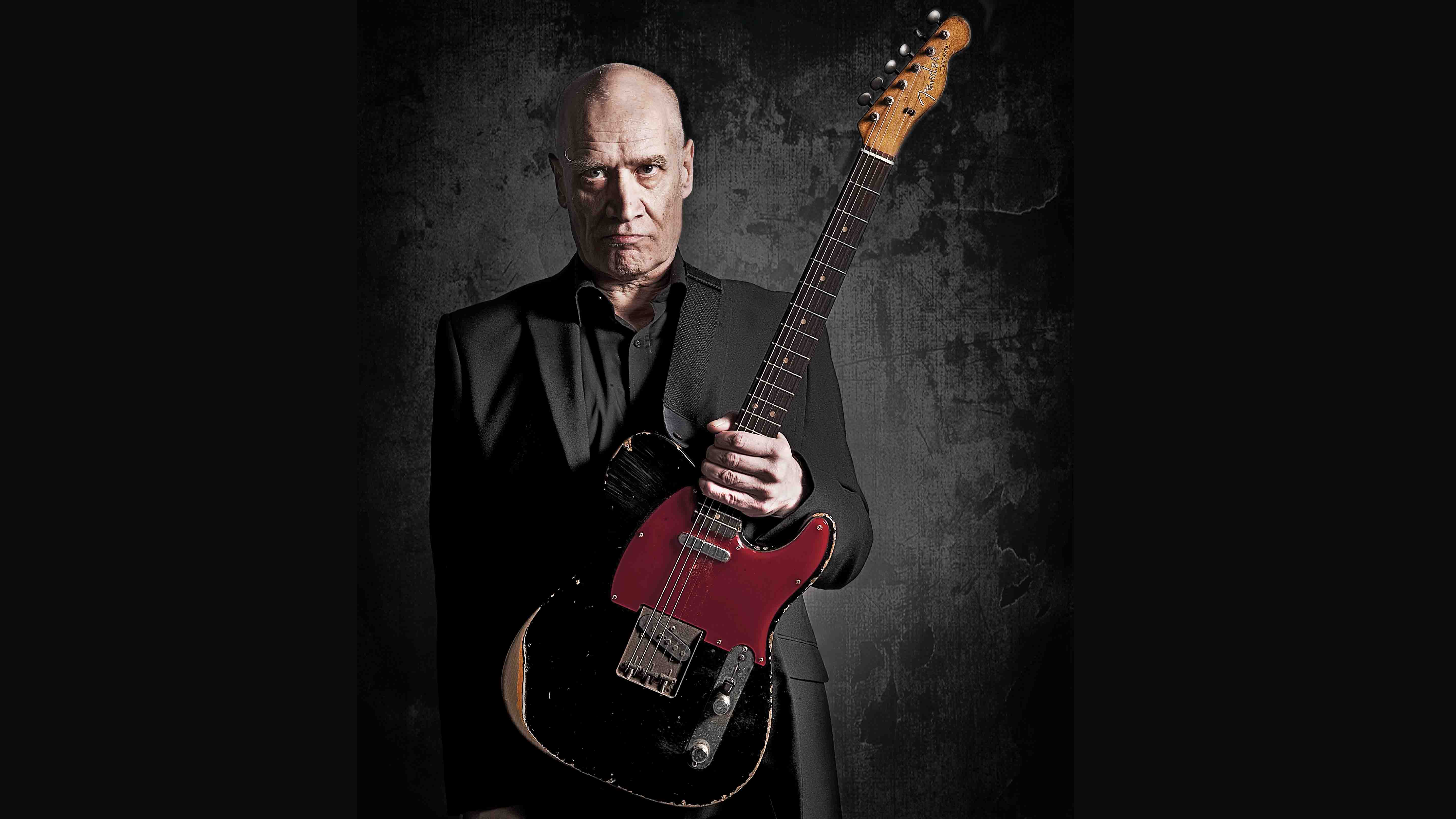

This allows for chords and lead to be played at the same time, giving a fluency and a distinctive sound very unlike the cleaner swat of a pick. Heavily influenced by legendary guitarist Mick Green from ’60s rockers Johnny Kidd & The Pirates, Wilko employs a finger-style, chop-chord strumming action (the ‘stab’, as he describes it). Throughout the mid-70s, Wilko duck-walked his way across countless stages and venues in the UK with Dr Feelgood in the vanguard of the pub rock movement, performing the gutsy down-to-earth rock and roll that was a welcome antidote to prog-rock. But no, Wilko was lured into music by the dark magic spun by his first Telecaster, bought from a music store in Southend, Essex, soon after becoming the strutting, grimacing, six-string rhythmic powerhouse behind Lee Brilleaux in Dr Feelgood. The man from Canvey Island, who studied English at Newcastle University before doing a bit of travelling, could have been a retired teacher by now, sucking on a pipe and whittling away at his pension. “Man, there’s nothing like being told you’re dying to make you feel alive.” In 2013, Wilko announced that, thanks to a second opinion and subsequent life-saving surgery, he was cancer-free. But despite the doctors’ worst predictions he continued to perform and present himself with vigour and a new zest for life.

‘I’m supposed to be dead!’ So said Wilko in a recent interview, having been diagnosed in late 2012 with terminal pancreatic cancer.


 0 kommentar(er)
0 kommentar(er)
